IVF – acronym used for In Vitro Fertilization. In vitro is a word of Latin origin, meaning ‘within glasses.’ Therefore, in vitro fertilization implies a fertilization procedure taking place within glasses or precisely inside test tubes. Test tube babies is a popular terminology used for babies born out of IVF procedures.
The process of in vitro fertilization came up as a phenomenal discovery that brought about one effective and much needed solution for infertility problems. There can be numerous problems relating to human reproductive system that inhibit normal fertilization. 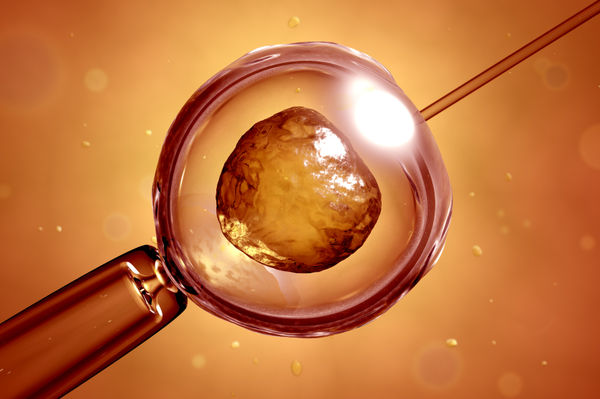
Normal human fertilization is a process in which a sperm released by testis in males unites with ovum produced by ovaries in females to form a zygote. This union takes place in the pair of Fallopian tubes – an essential part of the female reproductive organ. The zygote eventually matures and develops into a fetus and a baby is born after 9 months of pregnancy.
There can be a multitude of reasons that inhibit this normal conception and therefore calls for treatments or solutions. IVF is considered to be an efficacious solution for infertility problems relating to blocked Fallopian tubes, or poor sperm parameters or in cases of vasectomy, ovulation disorders in females or genetic disorders.
IVF treatment dates back to 1970s and today it has risen as one of the most popular infertility solutions. However, despite its growing popularity, there exists a section within the Indian society that still remains ignorant about the positives it can bring about in the lives of couples dealing with infertility issues.
IVF in India is still fighting myths and fallacies as compared to overseas where it is held as one of the most accepted and common medical treatment for related ailments.
Nevertheless, a conceptual idea of the treatment procedure along with facts that nullify existing myths, will perhaps aide people who are at crossroads when it comes at opting for IVF treatment courses.
What does an IVF treatment involve?
IVF involves a series of procedures that together aim at overcoming male or/and female infertility causes and help couples to have their own babies in due course of time. 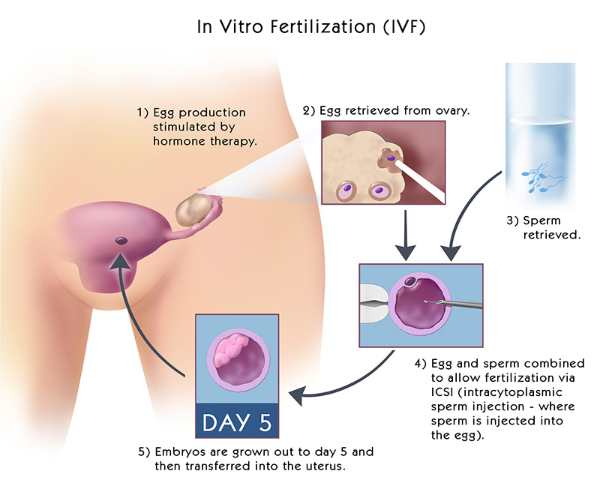 The entire process of IVF treatment has been briefly explained as under.
The entire process of IVF treatment has been briefly explained as under.
The entire IVF process boils down to 5 steps as mentioned below:
- Stimulating Ovaries through fertility medicines or hormones to produce healthy eggs
- Collection or retrieval of eggs
- Collection and preparation of sperms
- Laboratory Fertilization of the obtained sperm and egg to form embryos
- Implanting the embryo into the female uterus
How to prepare for an IVF treatment?
The entire IVF treatment to be carried out requires around 6 weeks time. During these 6 weeks, both partners are required to be in constant communication with the fertility specialist and religiously follow every suggestion coming from the other side.
IVF treatment begins only after thorough discussion and monitoring the functions of reproductive organs. The female partner is required to undergo a number of ovarian scans and blood tests depending on which the treatment method is determined.
These scans and blood tests determine fertility status that implies to number of ovarian follicles and the type of eggs they produce. The tests also look for cysts that are considered as one of the primary causes of infertility. Besides, these can also help to determine blood flow around ovaries that can denote the status of eggs that are to be generated in due course of time. 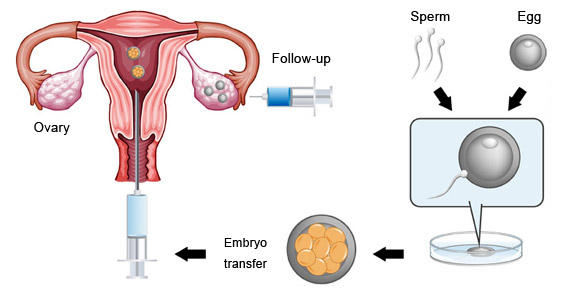
The hormonal levels are also tested and based on these, the following procedures are carried out that begins from the third day of natural period.
Hormone therapy to suppress normal menstrual cycles:
Prior to the IVF procedure, females are asked to undergo a hormone therapy for 14 – 15 days that stops their normal period. This is essential to administer unhindered in vitro fertilization process. These hormones are either injected into the body or introduced through nasal sprays. With the end of this hormone therapy, the real IVF procedure commences.
Stimulation of Ovulation:
The fertility specialist prescribes women with fertility medicines or Follicle Stimulating Hormones (FSH) that trigger ovaries to produce healthy eggs. The aim is to generate large number of eggs that ensure greater pregnancy chances.
Ovulation stimulation or induction is carried out for 12 days during which specific hormone doses are injected every day into the body.
Retrieval of Eggs:
Prior to collection of eggs and after commencement of stimulation process, continuous blood tests and ultrasounds are conducted to monitor follicle development in ovaries. Follicles are structures containing eggs and continuous monitoring facilitates collection of eggs at the best possible time.
A minimum of 3 mature follicles are required for egg retrieval. Once 3 or more mature follicles are detected, transvaginal ultrasound guided egg retrieval is conducted.
During the procedure, females undergoing the treatment are sedated with mild anesthesia. The specialist then uses a needle through vaginal walls to collect all eggs formed. The entire process takes around 10 minutes. The eggs obtained are then placed in a laboratory dish containing nutrient media.
Sperm Collection:
About 3 hours prior to egg collection, male partners are asked to provide fresh sperm samples. These sperm samples are then placed in a centrifuge so as to acquire the most active sperm that gets united with the collected egg.
If by any chance, the sperms from partners are found to be week, donor sperms can also be used. The same is true for egg samples as well.
In vitro Fertilization:
In vitro fertilization is carried out in optimum laboratory conditions where sperms and eggs are placed in an incubator along with culture fluid, so that they develop into embryos. This process takes around 24 hours after which the fertilized eggs are cultured for another 1 – 2 days.
The cultured eggs are checked to find if any of those could develop into Blastocysts when cultured for 5 – 6 days. Blastocysts have better probability of successful pregnancies.
Embryo Implant:
Once the embryos have been cultured, they are examined to determine the healthiest ones. The embryos are carefully implanted into the uterine cavity where they grow and mature. 
Now, healthy women can have only one or two embryos implanted in their uterus. However, many a times women who are undergoing IVF procedure at a considerable age or have had failed IVF or other artificial pregnancy procedures may require 5 – 6 embryos to be implanted.
Embryo implantation is a small surgical procedure in which a speculum is inserted into the vagina. Speculum is a medical instrument that is used to dilate canals within body. These are mostly used in PAP Smear test. A fine tube known as catheter is then entered through the vagina and reaches the uterus. The embryos are then carefully transferred through these plastic tubes into the uterine cavity.
Two weeks post embryo transfer, a pregnancy blood test is conducted to confirm conception. If this report comes up with a positive result, subsequent scans are carried out.
Undergoing an IVF procedure, or for that matter any treatment method, invariably depends on the success rates of specific procedures. Therefore, if you
are perhaps looking for an IVF procedure, the following section that discusses IVF success rates can come very handy.
IVF Success Rate Calculator:
The outcomes of IVF procedures depends on a number of factors, such as – Age, type of infertility problem, past pregnancies, type of IVF procedure you undergo and how well the body responds to specific procedures and your overall lifestyle. 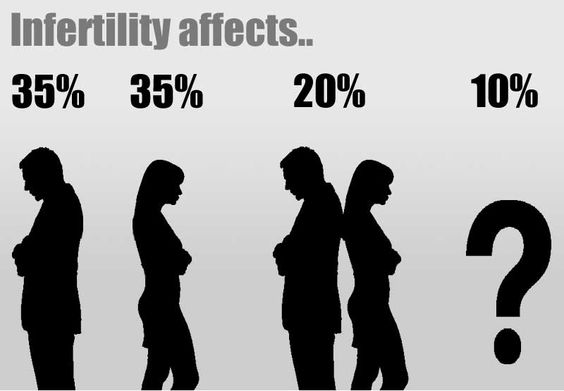 The following section discusses all of these factors one by one:
The following section discusses all of these factors one by one:
AGE:
Natural pregnancy chances reduces with age. Younger women are more capable of conceiving as compared to older women. Similarly, IVF techniques show
better results when conducted on younger women.
AGE in years Average Success rates
Below 35 32.25 2%
35 – 37 27.7%
38 – 25%
40 – 19%
43 – 10%
45 and above 2%
Type of infertility problems:
Both male and female infertility problems influence IVF success ratios. However, irregular ovulation in women forms the major hindrance to desired IVF outcomes. Lower ovulation implies greater use of stimulation drugs that may not confirm pregnancy and birth of a healthy child. Infertility period is also a prime factor to consider.
Past Pregnancies:
Women who had previous pregnancies with same partners with whom they are undergoing the IVF procedure have greater chances of conception post IVF.
Whereas, previous pregnancies with different partners may have poorer results.
Type of IVF procedure:
There are around four different types of IVF procedures available. The selection of any one of those depends on your reproductive health and depending on these the success rates vary.
IVF with Blastocyst Embryo transfer:
As explained above in the embryo transplant section, blastocysts are said to yield better results. Therefore, if you are healthy enough that the cultured embryo can develop into blastocysts, your pregnancy rates are higher.
ICSI – Intracytoplasmic Sperm injection is a type of IVF method very effective in cases of male infertility. In this method, sperms that have very low concentration or motility are directly injected into the egg once they are aspirated from the female body. Success rates of IVF with ICSI is high in male infertility cases.
Frozen embryo/blastocyst transfer:
Frozen embyos/blastocysts are terms used to denote those embryos that are healthy; however, they were not used for implantation as other healthy embryos were already transferred.
These healthy embryos can be stored under laboratory conditions to be used in future IVF cycles if the first cycle fails due to miscellaneous reasons.
Besides, they can also be used if the couple looks for a second conception. This technique is extensively useful in cases where hyperstimulation was required. Once the body recovers from hyperstimulation, the frozen embryos can be implanted.
Assisted Hatching:
Another technique of IVF is assisted hatching in which specialists use complex lab techniques to thinning down the zona pellucida of ovum before implant.
Zona pellucida is a thick membrane surrounding embryos before implant. Thinner zona pellucida ensures better IVF outcomes. However, this still remains debatable in many cases.
Apart from these, a healthy life style, diet and rest play important roles in determining IVF success rates.
IVF Side Effects:
Undergoing an IVF treatment also requires couples to have an in depth understanding of risks or side effects that are associated with the procedure.
Once you are aware about these, you are more alert in following suggestions accurately or making repeated follow ups with doctors. Most of these side effects do not appear if procedures are carried out aptly. In addition, they are not long lasting or permanent.
Explained below are some of the side effects associated with IVF:
- Fertility drug reaction: One of the short term side effects is mild reactions from the use of fertility drugs during the procedure. It may cause headaches, irritation and restlessness.
- Multiple Births: Embryo implantation is a critical step in IVF procedure. If more than the required number of embryos get implanted, it may cause a serious condition of multiple births, that may lead to miscarriage, gestational diabetes, anemia etc. A successful pregnancy with abnormal embryo implant may lead to birth of extremely weak babies.
- Over Hyperstimulation Syndrome: A condition that develops when the body is injected with excess hormones during the stimulation ovulation process. This is more common with women above the age of 40 who lack sufficient FSH levels and therefore require hyper stimulation. OHSS includes – excessive stomach pain, nausea, vomiting. Patients who experience OHSS symptoms post IVF are suggested to visit their doctor immediately.
- Ectopic Pregnancy: Ectopic pregnancy is a condition in which the embryo gets wrongly implanted in fallopian tubes instead of uterus. This is a serious condition that leads to uncontrolled vaginal bleeding, severe abdominal pain etc. Visiting a doctor as immediately as possible is crucial in this case.
Well all of these risks associated with IVF only arise when the procedure is not carried out in the most efficient manner. In no way these make IVF questionable with regards to results and outputs. However, IVF somehow has got some wrong misconceptions and myths associated with it. These wrong perceptions inhibit many couples to opt for this readily available procedure.
IVF Myths – Knowing the Facts 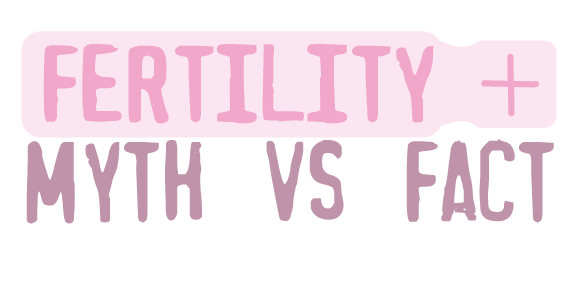
Myth – Pause your life after embryo transfer:
Facts – There is no need to quit your work and stagnate your life post embryo transfer. Rather, a lack of physical movements may result in lower pregnancy rates.
Myth – Hormones get you crazy:
Facts – Definitely not. Yes, the introduction of hormones can bring about a change in your emotional and stress levels. However, this is common with normal pregnancy cases where slight emotional imbalance is quite acceptable.
Myth – IVF babies are always weak and have birth defects:
Facts – No, it depends on how the procedure was carried out and how well you follow related suggestions post IVF.
Myth – IVF always results in twins, triplets and more…
Facts – Multiple pregnancies depend on embryo implant and not the entire procedure as a whole. If embryos are carefully implanted as explained earlier, multiple births and miscarriages do not occur.
This was all about IVF treatment and side effects. Couples who have been married for a few years and somehow want to fight back their infertility problems and have children of their own, IVF is the much needed relief they can opt for. IVF is slowly becoming popular in India and is available with many healthcare centers in all urban setups across the country.
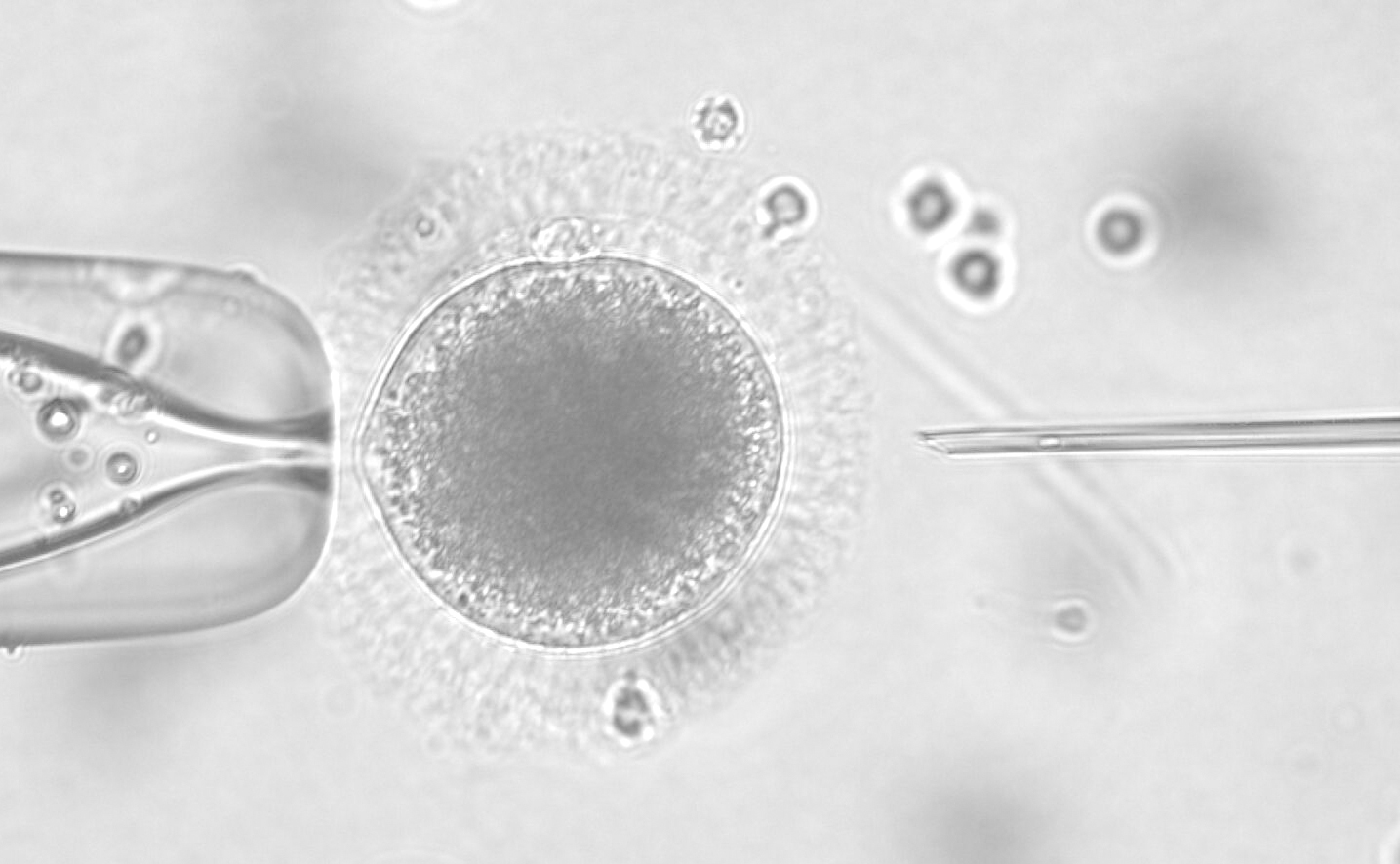
my wifes treatment
Great article. Youre write up is complete and a must know. I am considering getting this treatment (with gender selection) in Bournhall Clinic in Dubai. I will definitely reread this and share this to my friends
I like your information and also I like your site a lot, Thank you for giving us such a great and useful instructions on this topic. You made a good site it’s very interesting one. I am satisfied with your site.
We’re glad that you’ve found this helpful.
Very useful blog that you have shared it is very interesting to read and your way of explanation is understand easily. Thanks.
This is the best site and also best information that I got here only. You made a good site it very help us. Thank you for giving us such a great and useful suggestions and tips they very nice and amazing. Thank you all.
Such nice blog it deserves to be shared among the people out there. very well explained steps of IVF process and details explanation about the risks and factors. It will definitely bring smiles to many million couples out there. Thanks for sharing your knowledge.
Thank you for your kind words Dr Patrick Quinn.